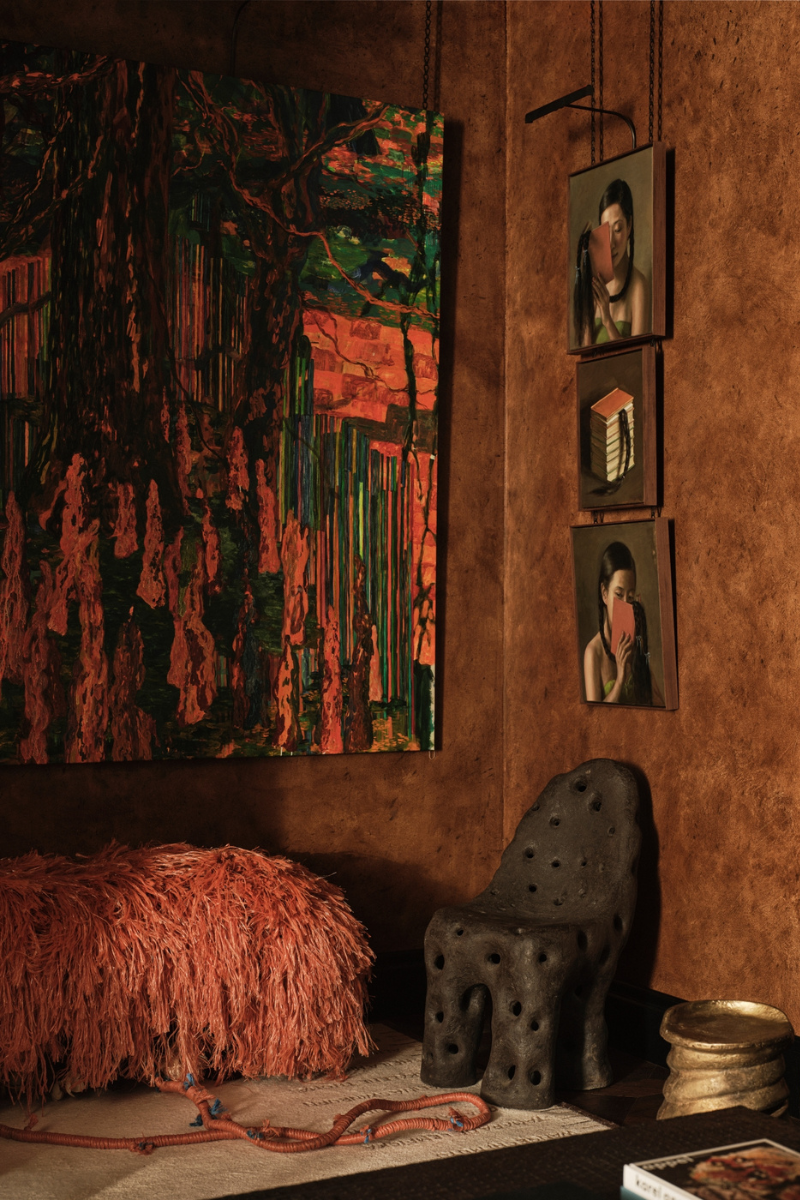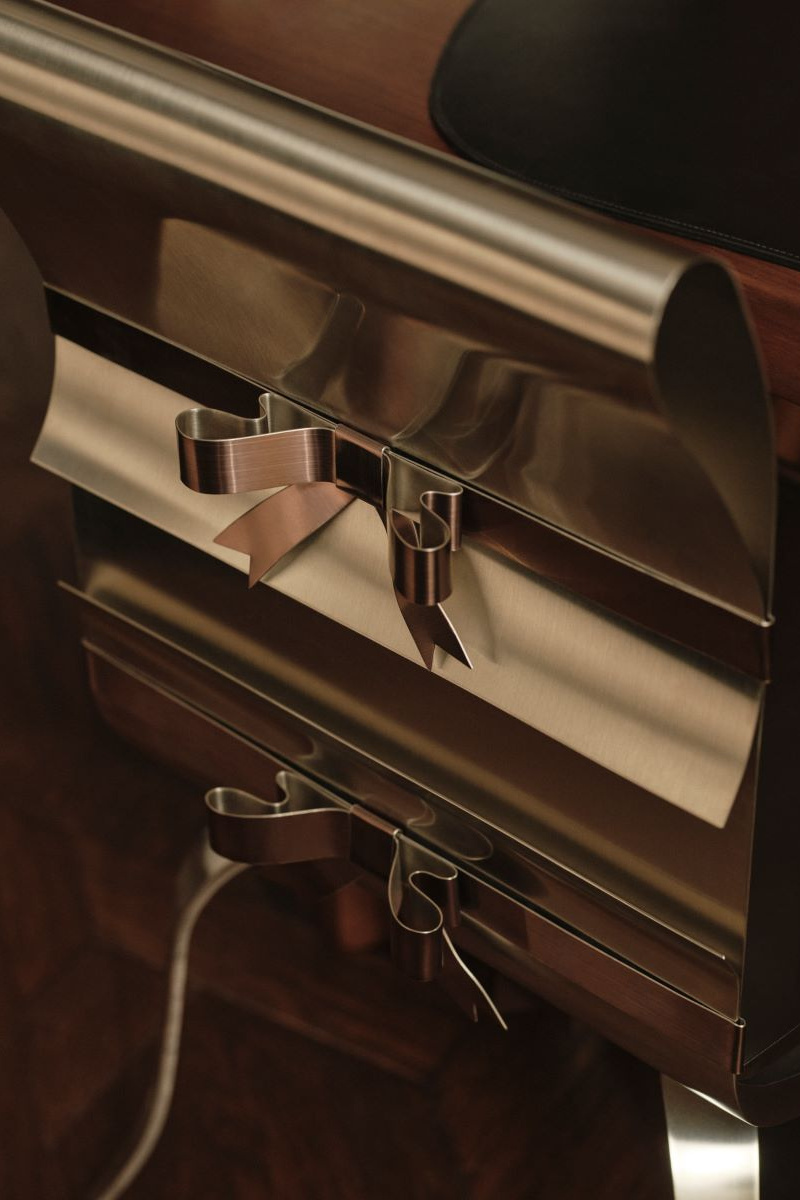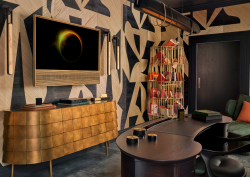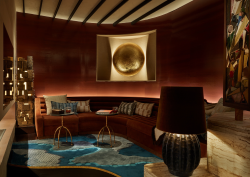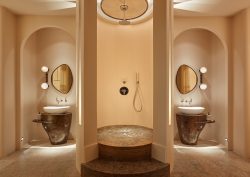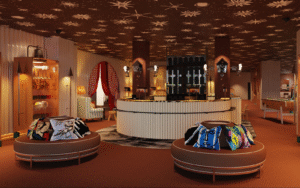What would it look like to centre a space entirely around female creators – not just in theory, but in practice?
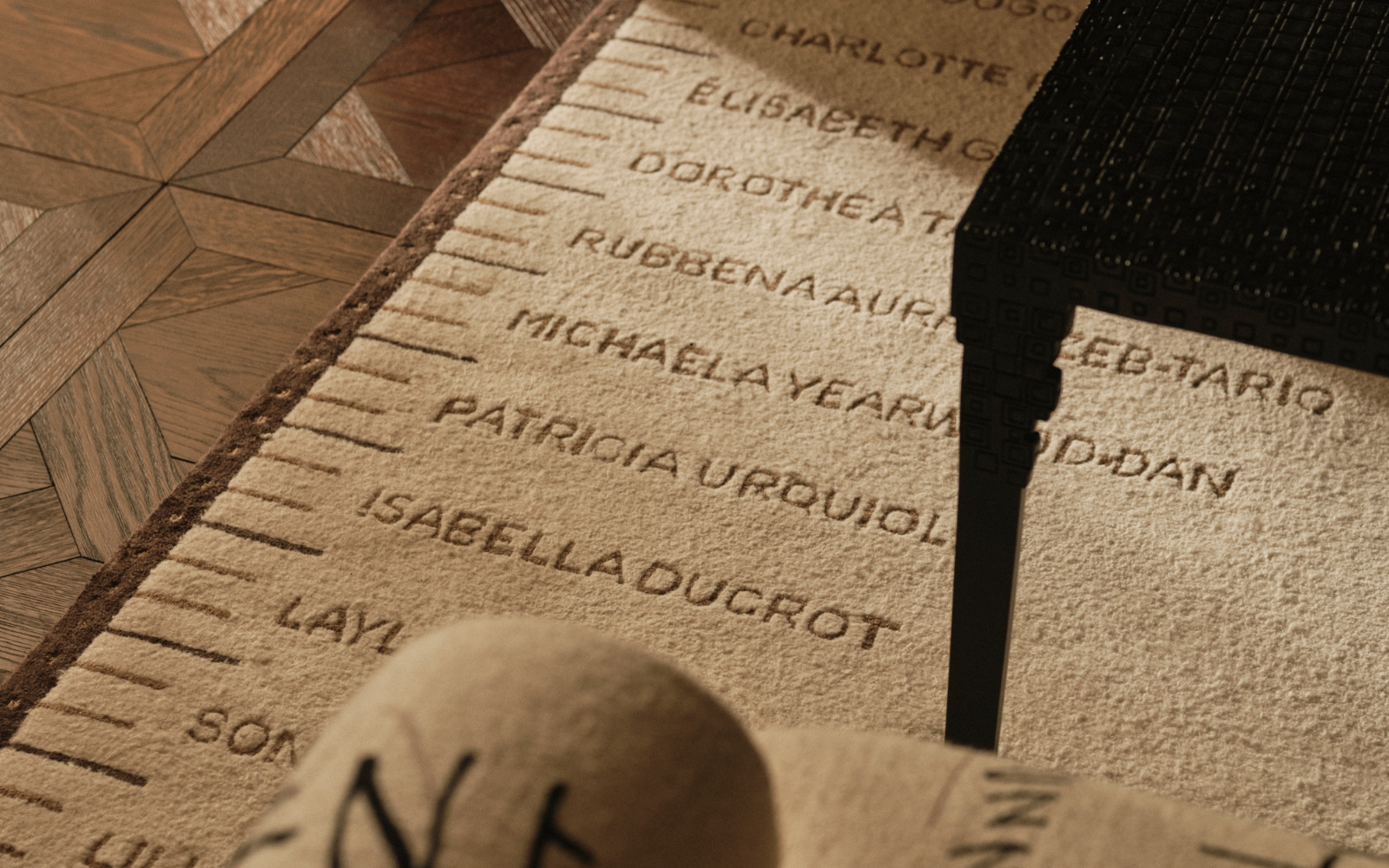
Operating as an intersection of art history, design, and womanhood, STARK and Spinocchia Freund’s WOW!house 2025 exhibition left an impression on me that I won’t soon forget – if ever. The Curator’s Room is a movement in design and politics, rooted in the concept of ‘the collector’ and their instinct for curation, craftsmanship, and collaboration. The installation is both a visual feast and a powerful act of creative feminine redress.
At its heart, the space is inspired by two landmark texts: Ninth Street Women by Mary Gabriel and The Story of Art Without Men by Katy Hessel – a direct response to the exclusion of women from traditional art narratives, particularly Gombrich’s The Story of Art (first published in 1950), which excluded women until its 16th edition in 2022. After reading these texts, Brigitta Spinocchia Freund, WOW!house designer and studio founder, reflected on this absence of women from written design histories and responded with The Curator’s Room. She told Hotel Designs, “The Curator’s Room became an incredible opportunity to spark a vital conversation about women in design, and also to see my own thought process through a new lens.”
Part studio, part sanctuary, the room is steeped in feminine brilliance – more than 80 collaborators had a hand in the creation. A guiding principle to Brigitta’s design was the question: what would it look like to centre a space entirely around female creators – not just in theory, but in practice?
Separated into two distinct spaces: one space, ‘the studio’, is a light-filled area lined with Tanganika timber panelling that invites creative thought and research. The other, ‘the sanctuary’, is cocooned in rich hand painted tobacco-toned hues and is contemplative and quiet – a space for dialogue, introspection, and connection. Both are grounded, literally and conceptually, by room dividing curtains and bespoke rugs created in collaboration with STARK. The ‘Tribute’ rug, in particular, lists 87 names of women artists and designers, past and present: Patricia Urquiola, Ray Eames and Faye Toogood, to name just a few.
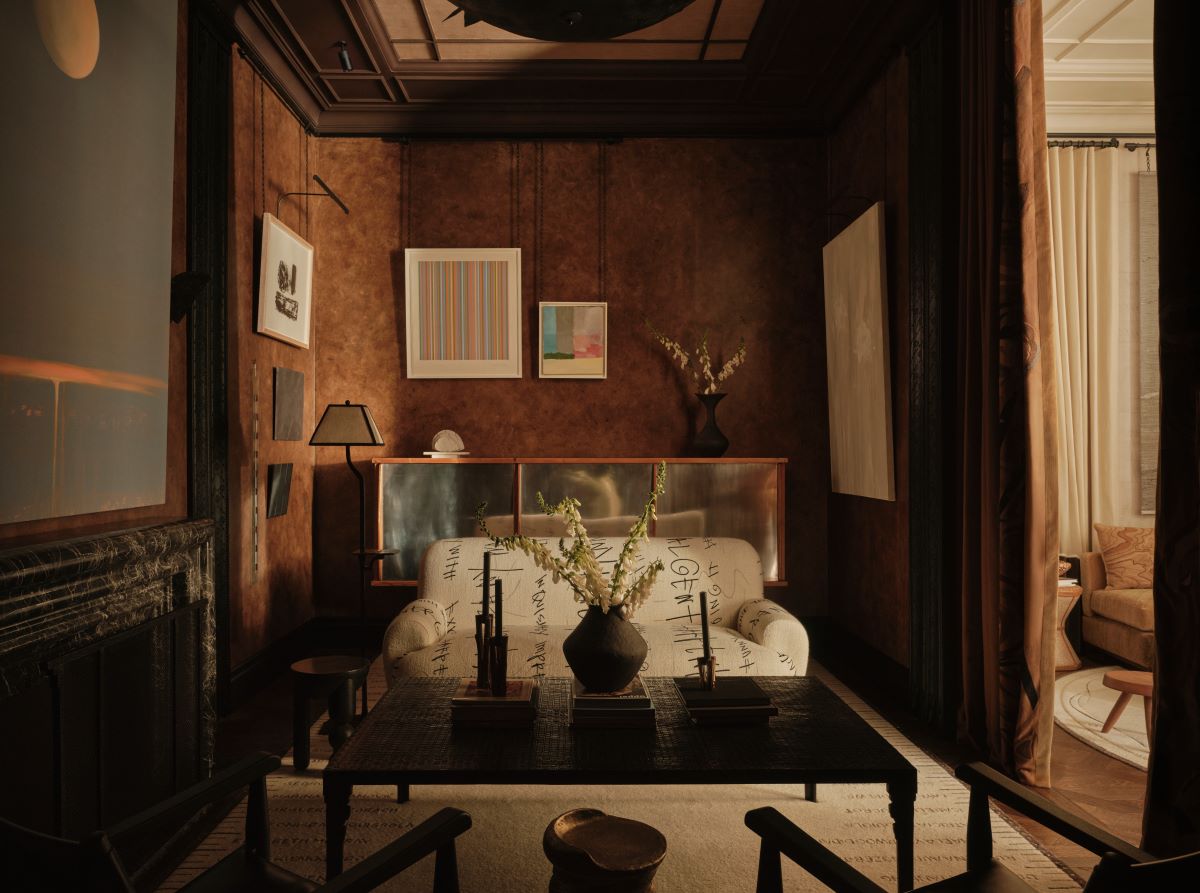
Image credit: Felix Speller
Architectural details within The Curator’s Room draw on a rich lineage of craftsmanship, including intricate plasterwork by Locker & Riley, historic panels from Féau Boiseries originally designed for Jeanne Lanvin’s Paris residence, and hand-painted finishes by Angel. Furniture and decorative elements are similarly layered with intention: from Charlotte Perriand’s Sideboard and Maria Pergay’s Ribbon chairs, to Ingrid Donat’s sculptural fireguard. Each piece was created by a woman, and many are rare loans from highly respected galleries including the Carpenters Workshop Gallery and David Gill. Through The Curator’s Room, Brigitta has gladly deepened her relationships with such organisations, particularly through discovering and collaborating with emerging voices. “I’ve found that some of the most rewarding outcomes have been the ones I didn’t expect, and that’s something I really value,” she added.
But this isn’t just a showcase of high-profile names – it’s a platform for collaboration and emerging voices, too. Luella Bartley, Louise Gray, Roksanda, Andrea Ferguson, Kamilah Ahmed, and Helen Johannessen all contributed bespoke commissions. From an ottoman with an appliqué of an embroidered female form to curtains embroidered with a design in tribute to Lee Krasner, every piece resonates with narrative, process, and emotional clarity. Even the ceiling is a story – a visual dialogue created by Roksanda and painted by Studio Faeger and Studio 109 Design.
Another of the room’s guiding principles drew on the 2012 Met exhibition, Schiaparelli and Prada: Impossible Conversations. The notion of ‘imagined conversations across time’ became central to The Curator’s Room; the space not only honours female voices, but creates moments where the past and present converse.
Standout examples of this dialogue are two Spinocchia Freund-designed sofas. Reimagined specifically for the exhibition, one has been embroidered with Louise Gray’s signature handwritten texts, the other reshaped to a curve and embroidered with lyrics from Patti Smith songs. In the studio space, an ottoman featuring a Luella Bartley figure as an appliqué, embroidered by Hand and Lock, features centre stage.
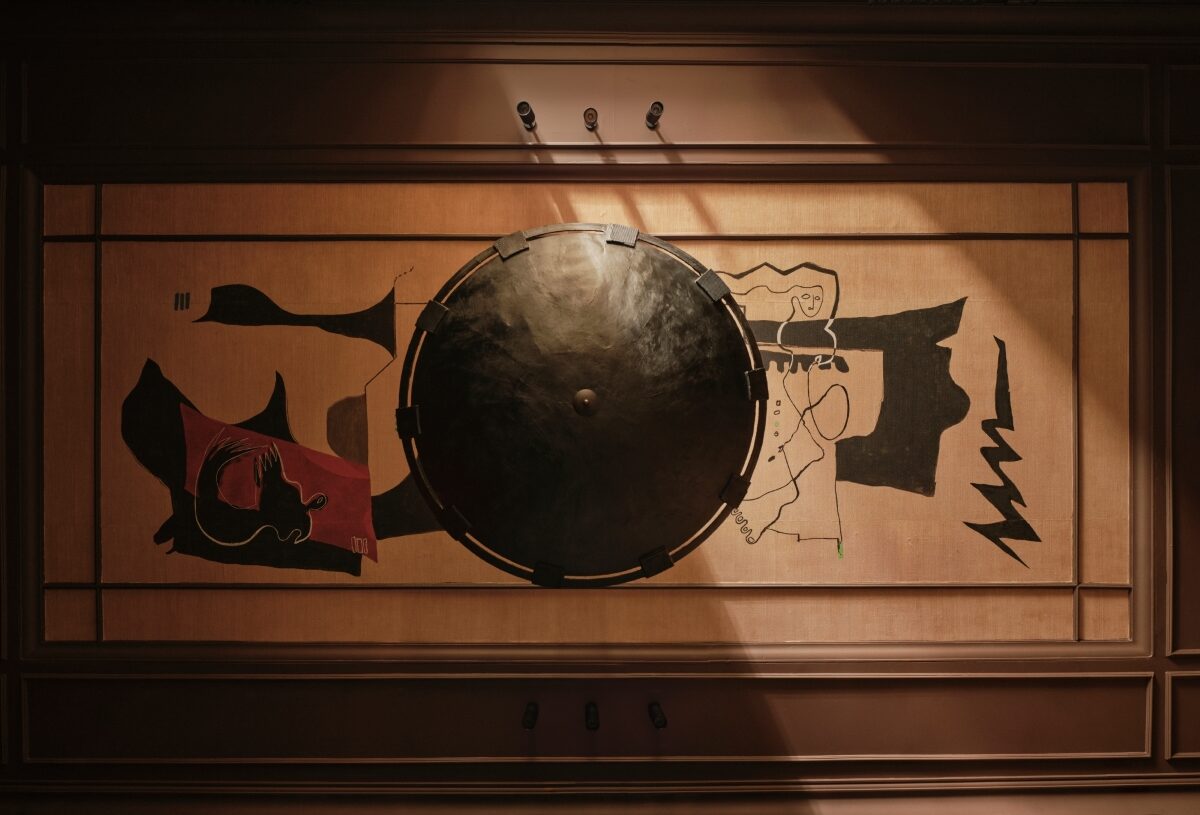
The sanctuary ceiling by Roksanda, Studio Faeger and Studio 109 | Image credit: Felix Speller
The room’s curated art selection further enhances a layered approach. Loaned works by Bridget Riley, Kim Lim, Simone Prouvé, Wanda Koop, Mary McCartney and Kathryn Maple breathe life into the space. These thoughtful inclusions create visibility for women whose contributions to the art world have often been overlooked.
Throughout, what emerges is a space that is unapologetically feminine and, in a design landscape still dominated by male voices, operates as a landmark. It isn’t about exclusion or tokenism, it’s about recognising the brilliance that has always existed and finally giving it an outstandingly well designed room of one’s own.
Main image credit: Felix Speller






